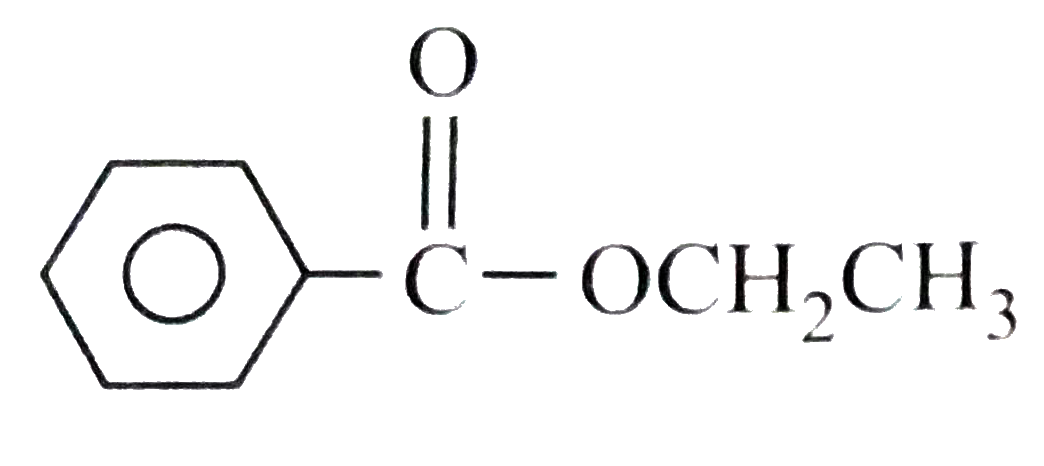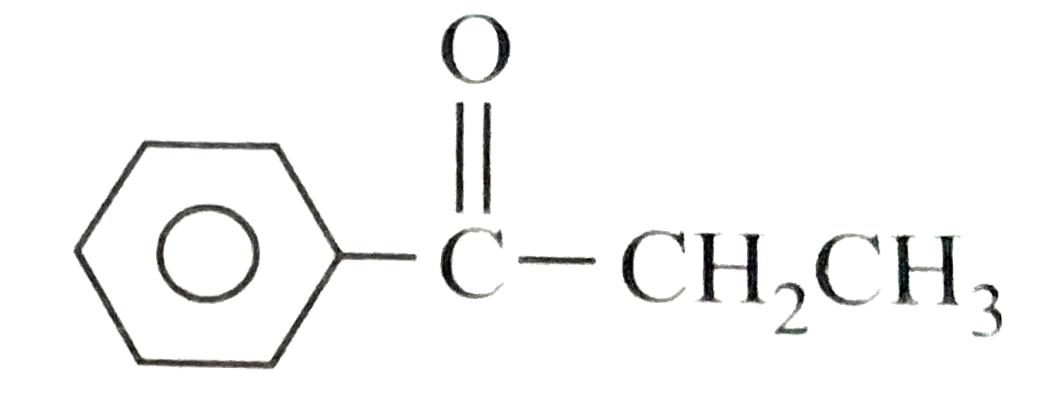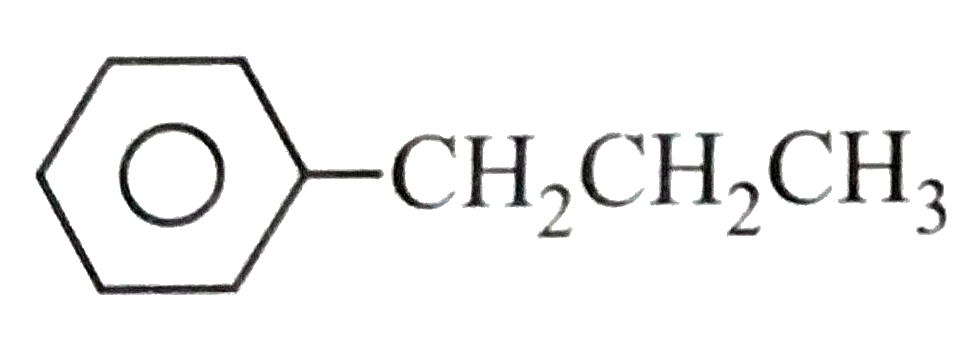Idetify A,B, C, …..
CH3CHOPCl5−−→Aaq.KOH−−−−→BNaOH−−−→Cl2C(l)+D(aq.)
To solve the problem step by step, we will identify the compounds A, B, C, and D based on the reactions described.
Step 1: Identify A
- We start with the compound CH₃CHO, which is acetaldehyde.
- When acetaldehyde reacts with PCl₅ (phosphorus pentachloride), it replaces the hydroxyl group (–OH) with chlorine (–Cl) to form CH₃CHCl₂.
- Therefore, A = CH₃CHCl₂ (1,1-dichloroethane).
Step 2: Identify B
- The compound A (CH₃CHCl₂) is then treated with aqueous KOH.
- Aqueous KOH will hydrolyze the dichloro compound, replacing the chlorine atoms with hydroxyl groups.
- This reaction leads to the formation of CH₃CHO, which is acetaldehyde again.
- Therefore, B = CH₃CHO (acetaldehyde).
Step 3: Identify C
- The compound B (CH₃CHO) is then treated with Cl₂ (chlorine gas) in the presence of NaOH.
- This reaction is known as the haloform reaction, where acetaldehyde is converted into chloroform (CHCl₃) and sodium formate (HCOONa).
- Therefore, C = CHCl₃ (chloroform).
Step 4: Identify D
- As a by-product of the reaction of B with Cl₂ and NaOH, we also form sodium formate.
- Therefore, D = HCOONa (sodium formate).
Summary of Identifications:
- A = CH₃CHCl₂ (1,1-dichloroethane)
- B = CH₃CHO (acetaldehyde)
- C = CHCl₃ (chloroform)
- D = HCOONa (sodium formate)
- We start with the compound CH₃CHO, which is acetaldehyde.
- When acetaldehyde reacts with PCl₅ (phosphorus pentachloride), it replaces the hydroxyl group (–OH) with chlorine (–Cl) to form CH₃CHCl₂.
- Therefore, A = CH₃CHCl₂ (1,1-dichloroethane).
- The compound A (CH₃CHCl₂) is then treated with aqueous KOH.
- Aqueous KOH will hydrolyze the dichloro compound, replacing the chlorine atoms with hydroxyl groups.
- This reaction leads to the formation of CH₃CHO, which is acetaldehyde again.
- Therefore, B = CH₃CHO (acetaldehyde).
- The compound B (CH₃CHO) is then treated with Cl₂ (chlorine gas) in the presence of NaOH.
- This reaction is known as the haloform reaction, where acetaldehyde is converted into chloroform (CHCl₃) and sodium formate (HCOONa).
- Therefore, C = CHCl₃ (chloroform).
- As a by-product of the reaction of B with Cl₂ and NaOH, we also form sodium formate.
- Therefore, D = HCOONa (sodium formate).
- A = CH₃CHCl₂ (1,1-dichloroethane)
- B = CH₃CHO (acetaldehyde)
- C = CHCl₃ (chloroform)
- D = HCOONa (sodium formate)
Topper's Solved these Questions
- BOOK - VMC MODULES ENGLISHCHAPTER - HALOALKANES AND HALOARENESEXERCISE - SOLVED EXAMPLES24videos
HALOALKANES AND HALOARENES
- BOOK - VMC MODULES ENGLISHCHAPTER - HALOALKANES AND HALOARENESEXERCISE - PRACTICE EXERCISE - 16videos
HALOALKANES AND HALOARENES
- BOOK - VMC MODULES ENGLISHCHAPTER - HALOALKANES & HALOARENES EXERCISE - IMPECCABLE100videos
HALOALKANES & HALOARENES
- BOOK - VMC MODULES ENGLISHCHAPTER - HYDROCARBONSEXERCISE - JEE Advanced Archive121videos
HYDROCARBONS
Similar Questions
Knowledge Check
- Question 1 - Select One
In a set of reactions, propionic acid yielded a compound (D).
CH3CH2COOHSOCl□−−−→(B)NH3−−→(C)KOH−−−−−→Br2(D)
The structure of (D) would be :ACH3CH2NHCH3BCH3CH2NH2CCH3CH2CH2NH2DCH3CH2CONH2 - Question 2 - Select One
The final product (C ) obtained in the reaction sequence is
CH3CH2COOHPCl3−−→(A)C6H6−−→AlCl3(B)NH2NH2−−−−−→base, heat(C)A B
B C
C D
D
Complete the following by providing (A),(B), (C) and (D)
CH3CH2CH2OHPBr3−−→(A)alc.KOH−−−−−→(B)HBr−−→(C)NH3−−→(D)View SolutionCH3CH2CHCl2Aq.KOH−−−−−→?
View SolutionCH3CH2COOHCl2−−→RedP(A)Alc.KOH−−−−−→(B)
What is (B)?View SolutionIdentify the compounds A,B and C :
(a) C2H5OHPCl5−−→AKCN−−→BH3O+−−−→C2H5COOHNH3−−−−−→ΔC
(b) C6H5COOHSOCl2−−−→ANH3−−→BBr2/KOH−−−−−−→CView SolutionIdentify the product A,B,C and D
C6H6CH3Cl−−−−−−−−→Anhyd. AlCl3ACrO2Cl2−−−−→CCl4BConc.−−−→NaOHC+D.View SolutionIdentify the final product CH2=CH2Cl2/H2O−−−−−→X−aq.KOH−−−−−−→Y
View Solution

